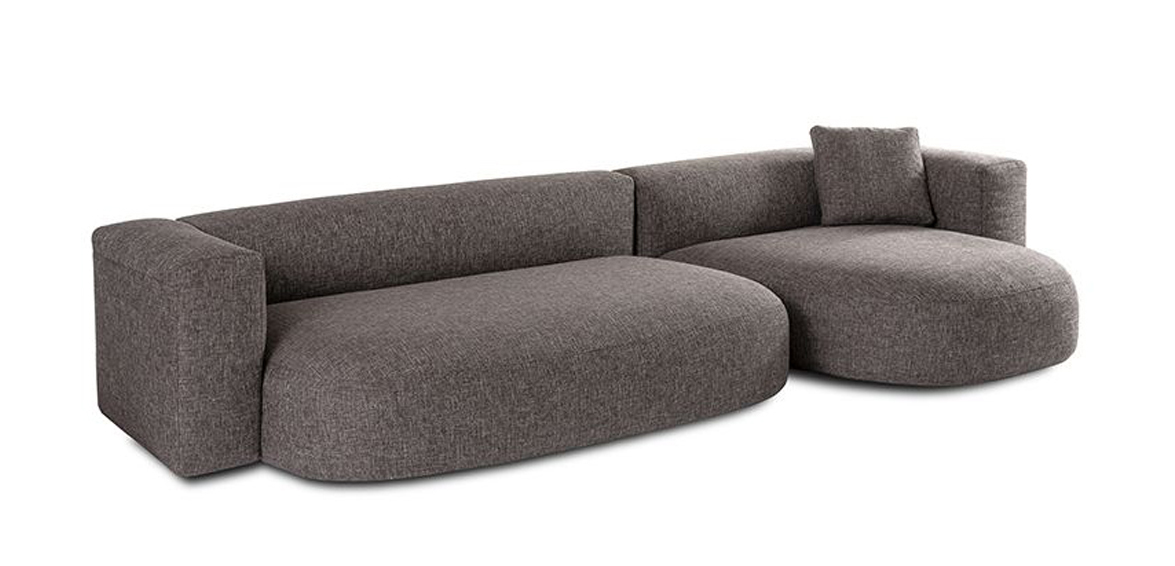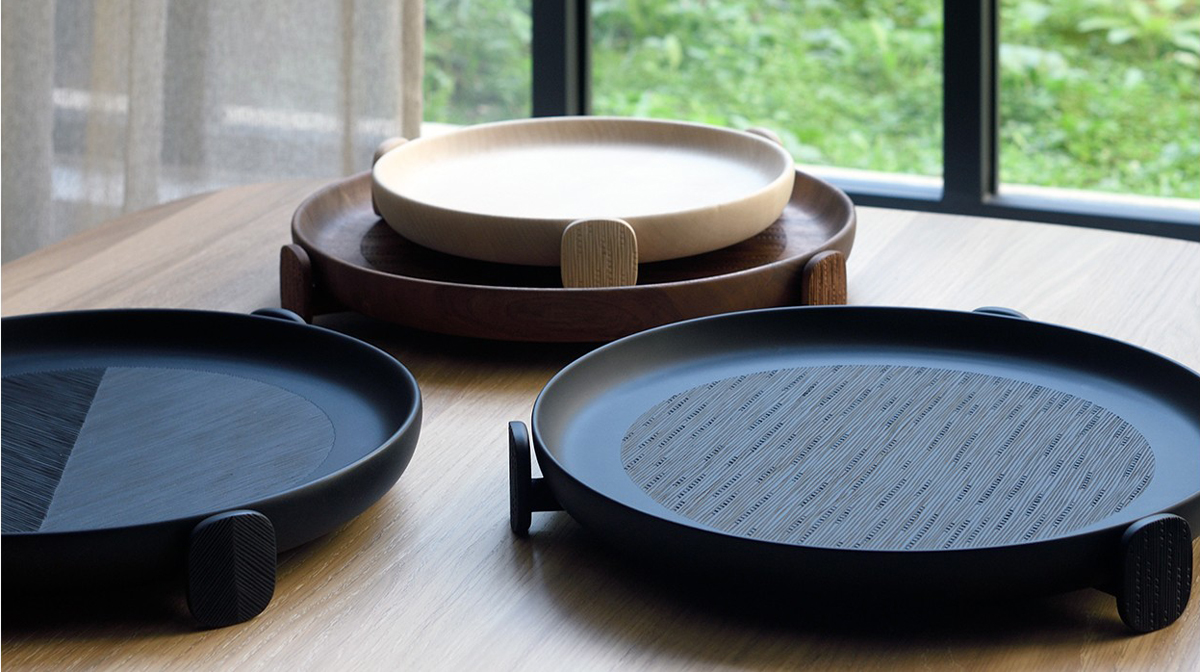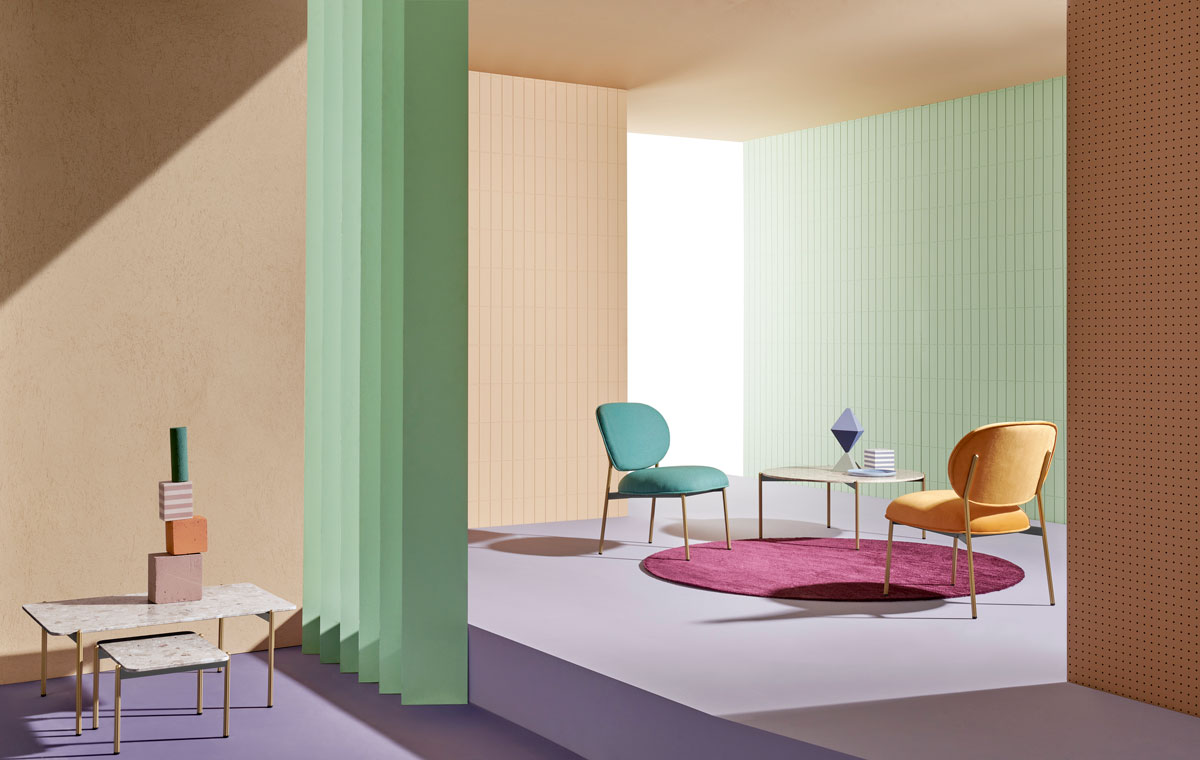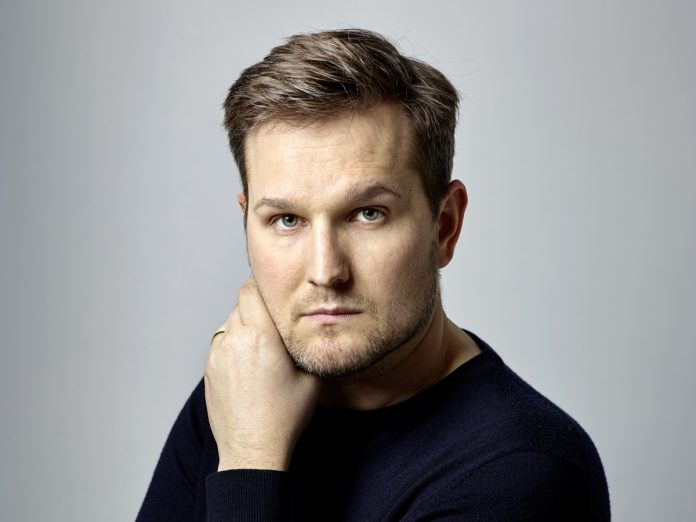Through many collaborations with design brands Made in Italy and international companies, Sebastian Herkner stood out last year thanks to his personal ability to bring value to contemporary design in an apparently simple way. During the months to come, he sets out to consolidate working relationships (first of all with Pedrali, where he did his first project last April) and to expand into interior design (work is already in progress on Das Apartment House for imm Cologne 2022).
Looking at the present, however, his thoughts turn first to young designers. After all, he made his debut on the international scene precisely at the SaloneSatellite in Milan in 2009, and returned there in 2010 and 2011, to a platform that represents a true launching pad, leading to multiple interactions with many companies (including Classicon).
“Young designers are now faced with a big problem. They are becoming a sort of ‘lost generation’: without the possibility of taking part in events like the SaloneSatellite in Milan, imm Cologne or Ambiente Frankfurt, which are very important. In this moment, companies turn to well-known designers, in search of greater certainty. So it is a very difficult moment for young talents.”

Selected as the Guest of Honor at imm Cologne in 2016 and Designer of the Year at Maison&Objet in 2019, he understands the efficacy of trade events to create a network and do business. But now that the digital or phygital has taken over, what can we expect in the future? “Honestly, I am not a very ‘digital’ person. I love my workshop, I like to interact with materials, to touch, to make sketches on paper, though of course I also have to use 3D drawings in my work. Last year we had to complete the products for Pedrali and Cappellini, for example, in a totally digital way, and it was more complicated: I prefer to directly see the prototype, to study the finishing touches and details. So there has to be a balance: this is true for designers, for dealers who have to test products and touch them, and even for fairs. Just consider the Salone del Mobile in Milan, which perhaps in recent years has been too extensive, through the advantage is that you can also have interesting encounters and discussions. I like real trade fairs.”

The lack of these showcases has not prevented companies from launching new collections on the market, nor has it stopped designers and creatives from proposing original décor solutions. New habits of living in the home have given them inspiration, in fact. In 2020 Herkner worked with over eleven famous companies on the international scene, including the start of new collaborations like the ones for the Italian company Pedrali, leading to the Blume seating collection, the Spanish firm GAN (the new Isla collection of outdoor furnishings), the Asian Stellar Works, for the Host mobile wardrobe, ideal for the hospitality sector, and the French Coedition, with the Klee chair.

These have been joined by: the Litos modular sofa for Cappellini, the Let™ Lounge Chair for Fritz Hansen, the Pina table series for Pulpo, the Mati collection (chair, table, trays) for Zanat, the Phoebe armchair for Fest Amsterdam, the decorative Metropol lamp for the Australian brand Rakumba, the Par Raya carpet for Ames, and the expansion of the Fern collection with a sofa, for the historic German company Gloster.
“2020 has been a dramatic year, during which people spent entire months in their homes. On the other hand, the furniture market in Germany has grown: people are investing in their homes, to have welcoming, comfortable spaces for living. The pandemic has changed the perspective, also in terms of quality: it has become a stronger priority, as consumers learn more about where products come from, and what kind of craftsmanship is involved.” Craftsmanship is one of the designer’s key interests, a common denominator in his products, combined with awareness of new technologies: “Craftsmanship belongs to an area, a community: just think about the Veneto for glass, Brianza for furniture. The same shift is happening in Germany. There are aspects that should be protected, as part of our culture and our heritage, also as part of the vision of our future.”

So it is not by chance that Sebastian Herkner was fascinated by Pedrali, a company that has written an important chapter in the history of Italian design precisely by focusing on the relationship between tradition and innovation. The relationship began five years ago, and continued in other encounters at international events, but it was not until 2019 that it gave rise to Blume, a chair with an extruded aluminium structure. “First of all, I went to visit the company in Bergamo, and then at their facility in Manzano: I was impressed to see that they do everything in-house or in their local district; they operate in a perfect, very professional way, creating truly beautiful projects. I proposed a seating concept that focuses on the base and on a decorative silhouette that would also function as support, like the stem of a flower (Blume means flower in German). It was an immediate success, so we are already working on expanding the family.”

What do like most about Pedrali? “When I choose a company with which to work, I want to see what lies behind the brand, to visit the headquarters, to meet the management, as I did with Giulio Cappellini for Cappellini, and then with Monica and Giuseppe for Pedrali. It’s great to work with a family firm, and I like the fact that it is run by a woman: it says a lot about their philosophy. But Pedrali, besides concentrating on quality, also pays attention to pricing, which for me is a fundamental factor. As a designer, it is important to have a wide portfolio of brands and an ample range of products: from the premium brands to the more democratic offerings for a completely different audience, though the quality remains the same. Good design also has to consider the economic aspects, as well as aesthetics, functioning, sustainability, modes of production, the use of materials and resources. This is why Pedrali is interesting: a perfect balance of craftsmanship and technology.”







